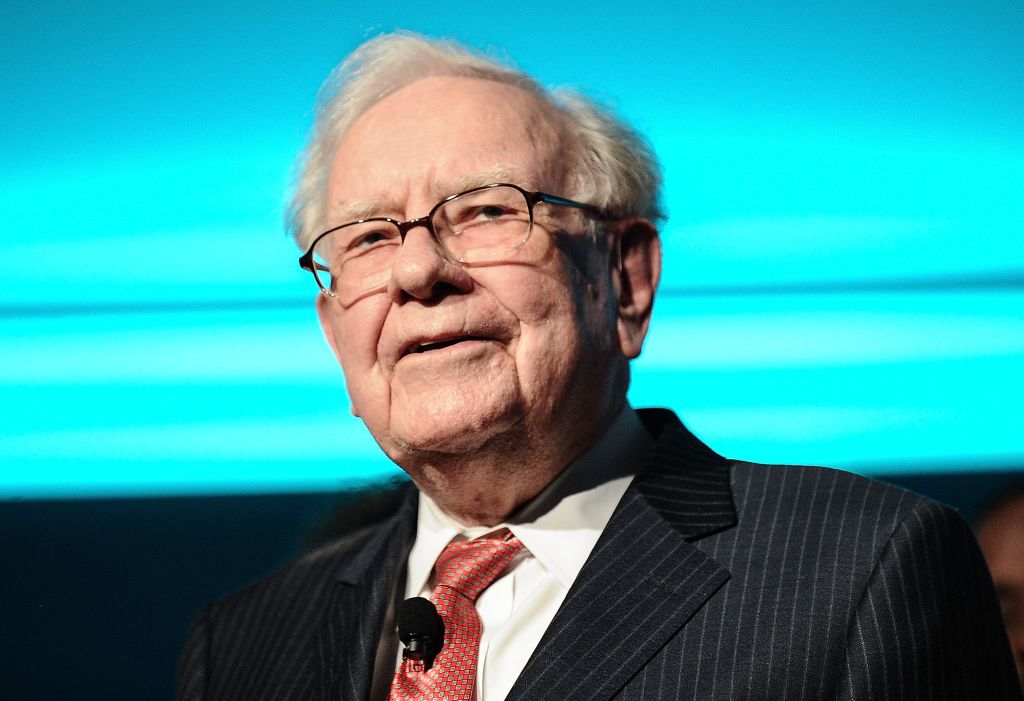6 Stocks to Sell Now
If you own any of these names, this might be a good time to lighten up your positions.
Stock market volatility—especially downward volatility—is back. In seven trading sessions from April 3 through April 11, the Dow Jones industrial average experienced four single-day triple-digit drops, including one of 267 points, as well as one day with a gain of 181 points. For all the wild swings, however, the bull market remains in force. The broader Standard & Poor’s 500-stock index, which has returned 211% since bottoming on March 9, 2009, is off a mere 0.5% from its record high.
Still, the market’s shaky performance raises the question of whether this is a good time to take some profits. In that spirit, we’ve identified six stocks that we think are no longer the bargains they once were or whose growth prospects have become less rosy. If they’re in your portfolio, think about cutting them loose. (The stocks are listed alphabetically; prices are as of May 2.)
Garmin (GRMN, $57.53). Smart phones are eating into the sales of makers of global positioning systems, or GPS. Case in point: Revenues at Garmin’s auto division fell 13% last year. The Switzerland-based company is starting to diversify into areas such as fitness and aviation, which helped boost the stock 74% over the past year. But analysts don’t expect profits to grow meaningfully again before 2015. And the stock is not particularly cheap, selling at 21 times estimated 2014 earnings.
From just $107.88 $24.99 for Kiplinger Personal Finance
Become a smarter, better informed investor. Subscribe from just $107.88 $24.99, plus get up to 4 Special Issues

Sign up for Kiplinger’s Free Newsletters
Profit and prosper with the best of expert advice on investing, taxes, retirement, personal finance and more - straight to your e-mail.
Profit and prosper with the best of expert advice - straight to your e-mail.
Lululemon Athletica (LULU, $45.45). The Canada-based athletic apparel maker stumbled last year when shoppers complained that the store’s pricey yoga pants were see-through. Lululemon is making amends, but other companies have since entered the high-end athletic apparel market. The stock’s glamour days—it rose 13-fold from early 2009 to last June—are history. Analysts expect same-store sales—sales at stores open for at least one year—to rise only by low-to-mid-single-digit percentages in the current fiscal year, which ends in January.
Netflix (NFLX, $340.65). Shares of the online video-streaming company quadrupled in 2013. But Netflix is feeling the pressure from competitors. The Los Gatos, Cal., company plans to spend about $3 billion to acquire content this year, more than twice Netflix’s cash balance. That means the company will need to raise funds. What’s more, with a price-earnings ratio of 81, based on estimated 2014 earnings, the stock is vulnerable to any sort of disappointing news. Indeed, when word broke in March that Apple and cable TV giant Comcast could offer a joint video-streaming service, Netflix’s stock fell 6.7% in a single day.
RadioShack (RSH, $1.35). The consumer-electronics chain repeatedly fell short of analysts’ earnings estimates last year. The Fort Worth, Tex., company is trying to bounce back, but consumer-electronics is an intensely competitive business, especially when it comes to selling mobile phones. In 2013, sales of mobile phones, which account for more than half of Radio Shack’s revenues—declined 10.4% in stores that were in existence for at least one year. So far this year, the stock has declined 48%. Its low-single-digit price suggests that investors think there’s a good chance Radio Shack is heading toward oblivion.
Rite Aid (RAD, $7.87). The nation’s third-largest drugstore chain wowed investors on April 10 when it reported better-than-expected profits for the quarter that ended March 1. What’s more, the Camp Hill, Pa., company projected higher sales and earnings in the current fiscal year, thanks in part to its recent purchase of RediClinic, which operates 30 in-store health clinics in Texas. As a result, the stock surged 8.4% on what was a miserable day for most stocks. But much of the good news may already be baked into the share price. The stock has tripled over the past year and now trades for 20 times estimated year-ahead earnings. By contrast, Rite Aid’s main rivals, CVS Caremark and Walgreens, trade at 17 and 19 times estimated year-ahead profits, respectively. Rite Aid also carries much more debt than other drugstore chains. That could come back to haunt the company if its turnaround stumbles.
Tesla Motors (TSLA, $210.91). Despite a recent pullback, Tesla’s stock has nearly quintupled over the past year and trades at 120 times estimated 2014 earnings. But the Palo Alto, Cal., company, which went public in 2010, may not be able to keep up with investor expectations. A report by UBS says the rich share price assumes that Tesla will produce one million vehicles per year a decade from now, a daunting task. Meanwhile, Tesla needs to reduce the cost of its car batteries in order to roll out lower-priced models. “The downside is material,” UBS says..
Profit and prosper with the best of Kiplinger's advice on investing, taxes, retirement, personal finance and much more. Delivered daily. Enter your email in the box and click Sign Me Up.
-
 Nasdaq Sinks 418 Points as Tech Chills: Stock Market Today
Nasdaq Sinks 418 Points as Tech Chills: Stock Market TodayInvestors, traders and speculators are growing cooler to the AI revolution as winter approaches.
-
 23 Last-Minute Gifts That Still Arrive Before Christmas
23 Last-Minute Gifts That Still Arrive Before ChristmasScrambling to cross those last few names off your list? Here are 23 last-minute gifts that you can still get in time for Christmas.
-
 The Rule of Compounding: Why Time Is an Investor's Best Friend
The Rule of Compounding: Why Time Is an Investor's Best FriendDescribed as both a "miracle" and a "wonder," compound interest is simply a function of time.
-
 If You'd Put $1,000 Into Coca-Cola Stock 20 Years Ago, Here's What You'd Have Today
If You'd Put $1,000 Into Coca-Cola Stock 20 Years Ago, Here's What You'd Have TodayEven with its reliable dividend growth and generous stock buybacks, Coca-Cola has underperformed the broad market in the long term.
-
 If You Put $1,000 into Qualcomm Stock 20 Years Ago, Here's What You Would Have Today
If You Put $1,000 into Qualcomm Stock 20 Years Ago, Here's What You Would Have TodayQualcomm stock has been a big disappointment for truly long-term investors.
-
 If You'd Put $1,000 Into Home Depot Stock 20 Years Ago, Here's What You'd Have Today
If You'd Put $1,000 Into Home Depot Stock 20 Years Ago, Here's What You'd Have TodayHome Depot stock has been a buy-and-hold banger for truly long-term investors.
-
 If You'd Put $1,000 Into Bank of America Stock 20 Years Ago, Here's What You'd Have Today
If You'd Put $1,000 Into Bank of America Stock 20 Years Ago, Here's What You'd Have TodayBank of America stock has been a massive buy-and-hold bust.
-

 If You'd Put $1,000 Into Oracle Stock 20 Years Ago, Here's What You'd Have Today
If You'd Put $1,000 Into Oracle Stock 20 Years Ago, Here's What You'd Have TodayORCL Oracle stock has been an outstanding buy-and-hold bet for decades.
-
 If You'd Put $1,000 Into Sherwin-Williams Stock 20 Years Ago, Here's What You'd Have Today
If You'd Put $1,000 Into Sherwin-Williams Stock 20 Years Ago, Here's What You'd Have TodaySherwin-Williams stock has clobbered the broader market by a wide margin for a long time.
-
 If You'd Put $1,000 Into UnitedHealth Group Stock 20 Years Ago, Here's What You'd Have Today
If You'd Put $1,000 Into UnitedHealth Group Stock 20 Years Ago, Here's What You'd Have TodayUNH stock was a massive market beater for ages — until it wasn't.
-
 If You'd Put $1,000 Into Berkshire Hathaway Stock 20 Years Ago, Here's What You'd Have Today
If You'd Put $1,000 Into Berkshire Hathaway Stock 20 Years Ago, Here's What You'd Have TodayBerkshire Hathaway is a long-time market beater, but the easy money in BRK.B has already been made.